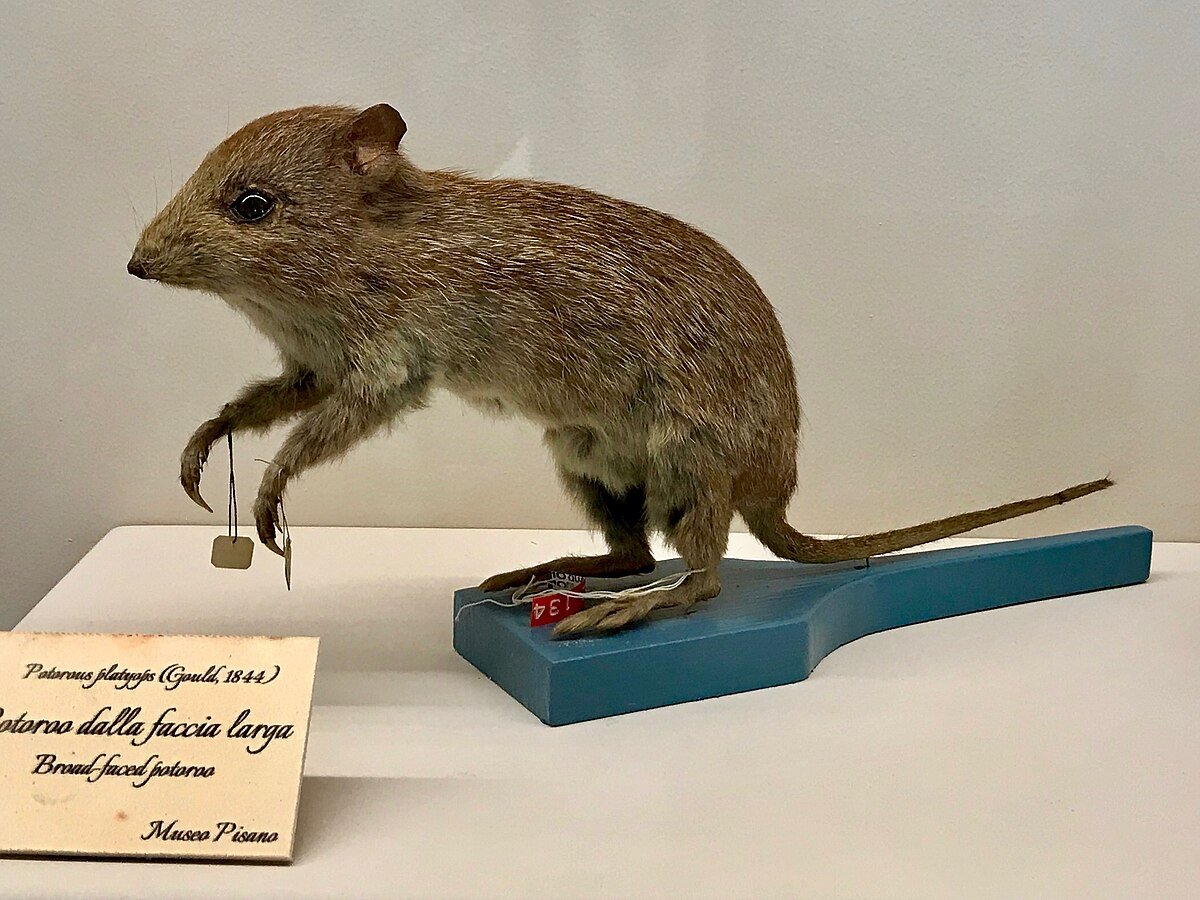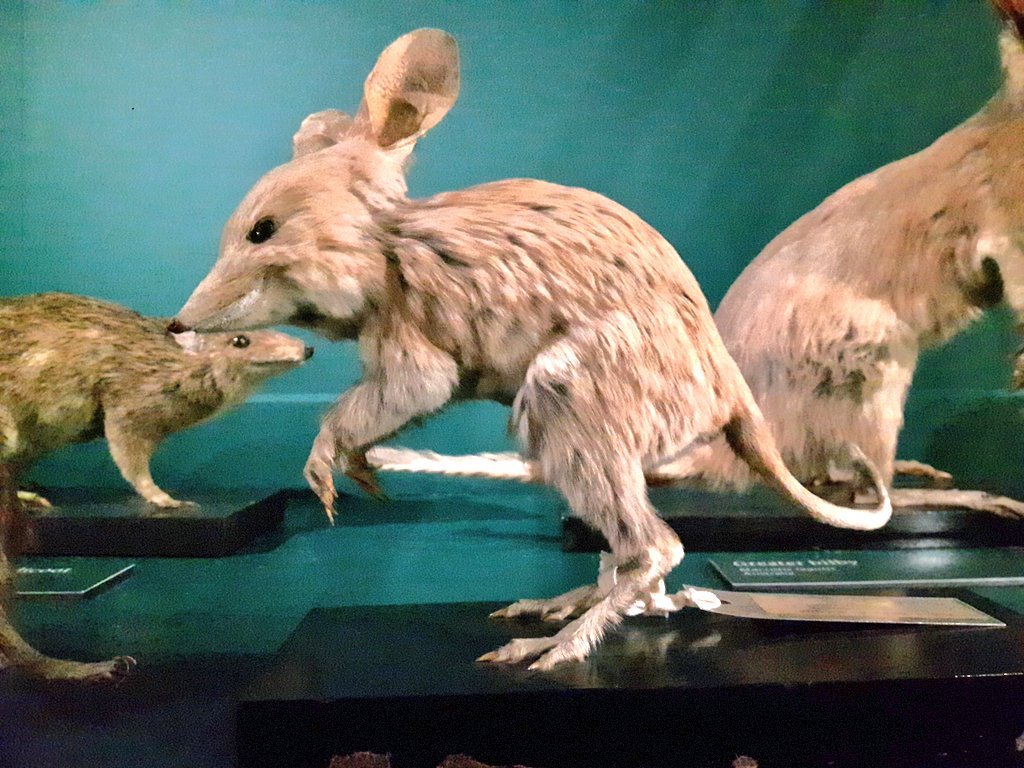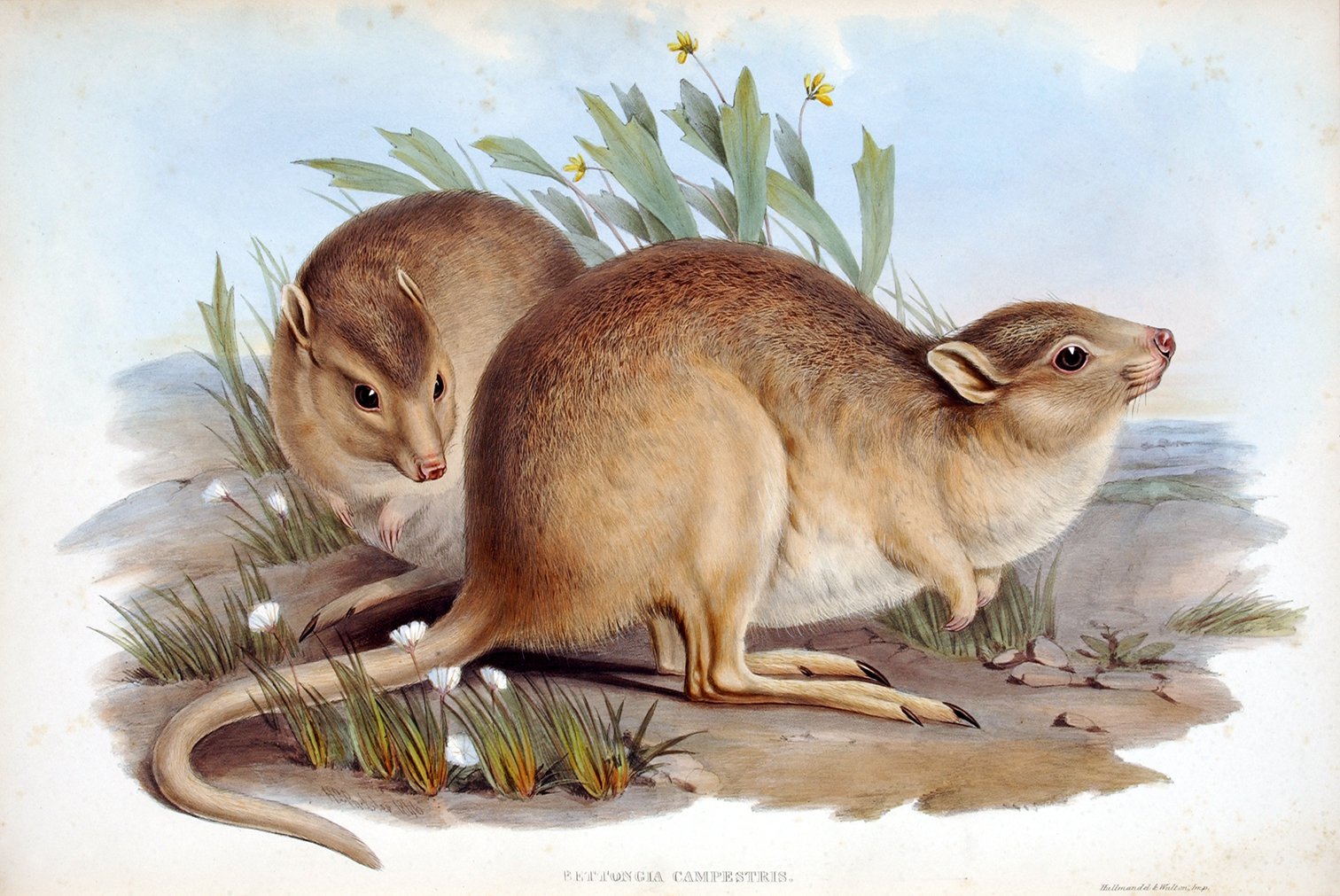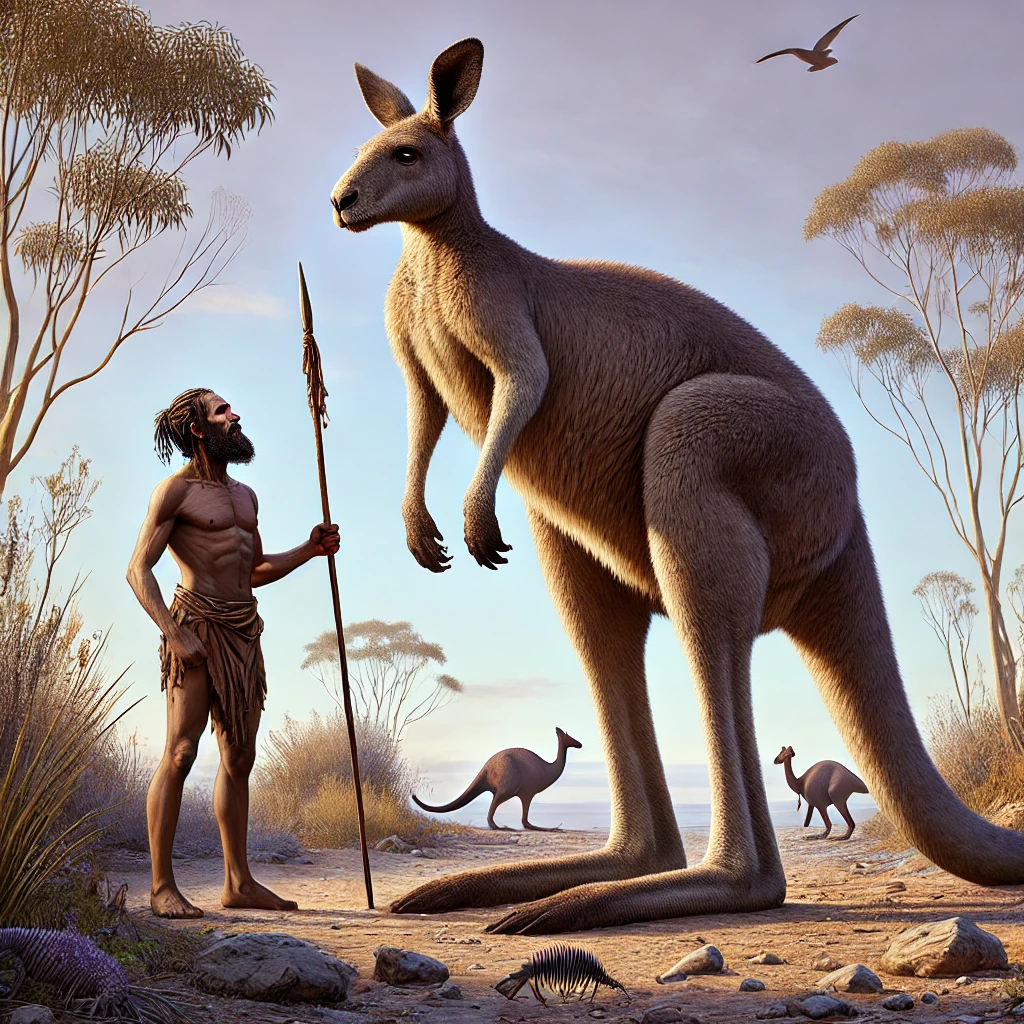Exploring the Broad-Faced Potoroo: Australia’s Extinct Small Wonder
Introduction:
The Broad-Faced Potoroo, scientifically known as Potorous platyops, was a small marsupial native to the grasslands and shrublands of southwestern Australia. Known for its distinct broad face and small stature, this elusive potoroo was last recorded in the 19th century and is now declared extinct. The Broad-Faced Potoroo’s disappearance underscores the delicate balance of Australia’s ecosystems and the impacts of human activities and introduced species.
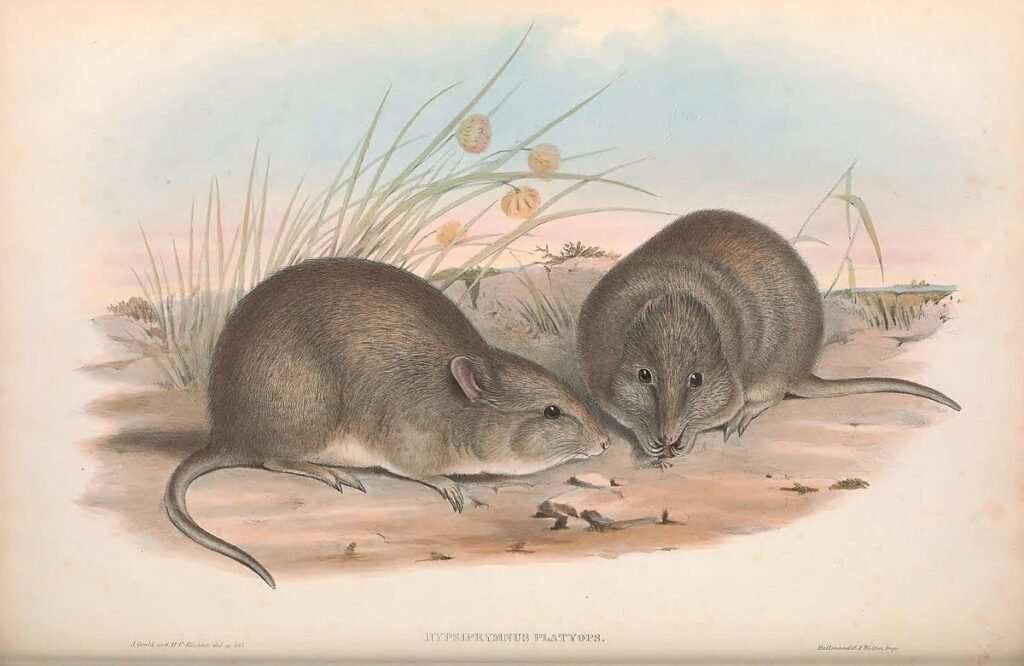
Facts:
| Attribute | Details |
|---|---|
| Scientific Name | Potorous platyops |
| Common Names | Broad-Faced Potoroo |
| Year Declared Extinct | Mid-19th century |
| Kingdom | Animalia |
| Phylum | Chordata |
| Class | Mammalia |
| Order | Diprotodontia |
| Family | Potoroidae |
| Genus | Potorous |
| Species | P. platyops |
| Natural History and Origin | Native to the grasslands and shrublands of southwestern Australia |
| Physical Information | Small size, about 18-22 cm in length |
| Appearance | Broad face, short tail, grey-brown fur |
| Scientist Names | Described by naturalists in the 19th century |
| Region | Southwestern Australia |
Appearance:
The Broad-Faced Potoroo was a small marsupial, measuring about 18-22 cm in length with a short tail. It had a distinctive broad face and a robust body covered in grey-brown fur. Its eyes were relatively large, and it had small, rounded ears. The potoroo’s compact size and agile build were well-suited to its grassland and shrubland habitat.
Distribution:
Historically, the Broad-Faced Potoroo inhabited the grasslands and shrublands of southwestern Australia. Its range included areas with sandy soils and dense vegetation, which provided ample cover and food sources.
Habits and Lifestyle:
The Broad-Faced Potoroo was primarily nocturnal, foraging for food during the night and resting in concealed nests or burrows during the day. It was a solitary animal, although it might have interacted with other potoroos during the breeding season. The potoroo’s diet consisted mainly of fungi, roots, tubers, and other plant materials, which it dug up with its strong forelimbs.
Physical Characteristics:
The Broad-Faced Potoroo had several adaptations suited to its environment. Its broad face and large eyes provided good night vision for foraging in low light. The potoroo’s strong, clawed forelimbs were used for digging and uncovering food, while its short tail provided balance and support when moving through dense vegetation.
Diet and Nutrition:
As a herbivore, the Broad-Faced Potoroo primarily fed on fungi, roots, tubers, and other underground plant materials. This diet was supplemented by seeds, fruits, and leaves when available. The potoroo’s foraging habits played a role in the ecosystem by aiding in the dispersal of fungal spores and seeds, contributing to the health of the grassland and shrubland habitats.
Behavior:
Broad-Faced Potoroos exhibited solitary behavior, with each individual maintaining its own territory. They communicated through scent markings and vocalizations, which helped establish boundaries and attract mates. During the breeding season, males and females would come together to mate, but otherwise, they led largely independent lives. The potoroo’s nocturnal activity helped it avoid predators and the heat of the day.
Cause of Extinction:
The extinction of the Broad-Faced Potoroo in the mid-19th century was primarily due to habitat loss, predation by introduced species such as foxes and cats, and changes in land use due to agriculture and grazing. These factors led to a significant decline in the potoroo population, as they had no natural defenses against the new predators and their habitat was increasingly fragmented and destroyed. By the time conservation efforts were considered, it was too late to save this unique marsupial.
FAQs:
| Question | Answer |
|---|---|
| What led to the extinction of the Broad-Faced Potoroo? | Habitat loss, predation by introduced species, and changes in land use. |
| When did the Broad-Faced Potoroo go extinct? | The mid-19th century. |
| What did the Broad-Faced Potoroo eat? | It fed on fungi, roots, tubers, seeds, fruits, and leaves. |
| Why is the Broad-Faced Potoroo significant? | It highlights the impact of human activities on Australia’s unique ecosystems and the importance of conservation efforts. |
| Are there efforts to study the Broad-Faced Potoroo? | Ongoing research aims to understand its ecology and the factors leading to its extinction. |
Categories:
- Extinct Mammals
- Australian Wildlife
- Conservation Efforts
- Grassland Ecosystems
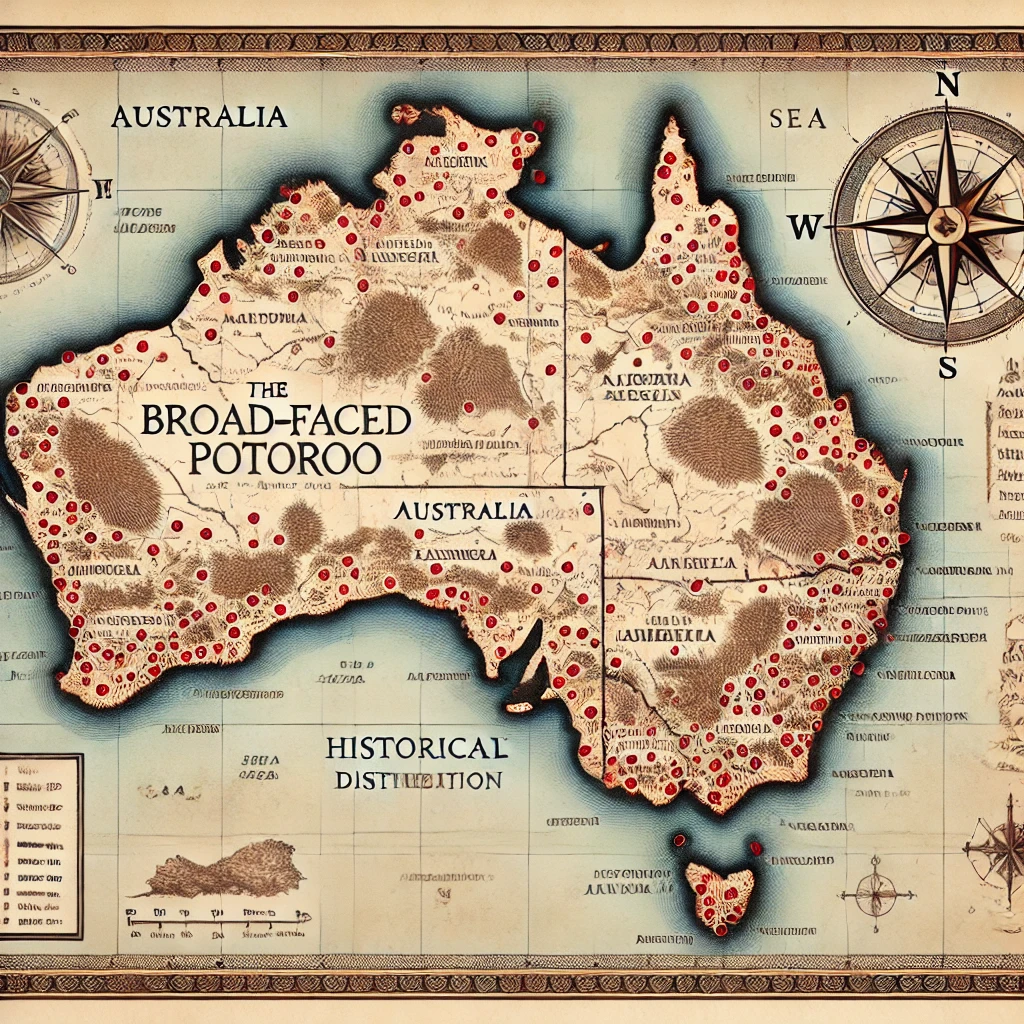
These details should provide a comprehensive overview of the Broad-Faced Potoroo, ideal for educational and conservation-focused content on your website.
-
Sea Mink: The Lost Predator of the North Atlantic
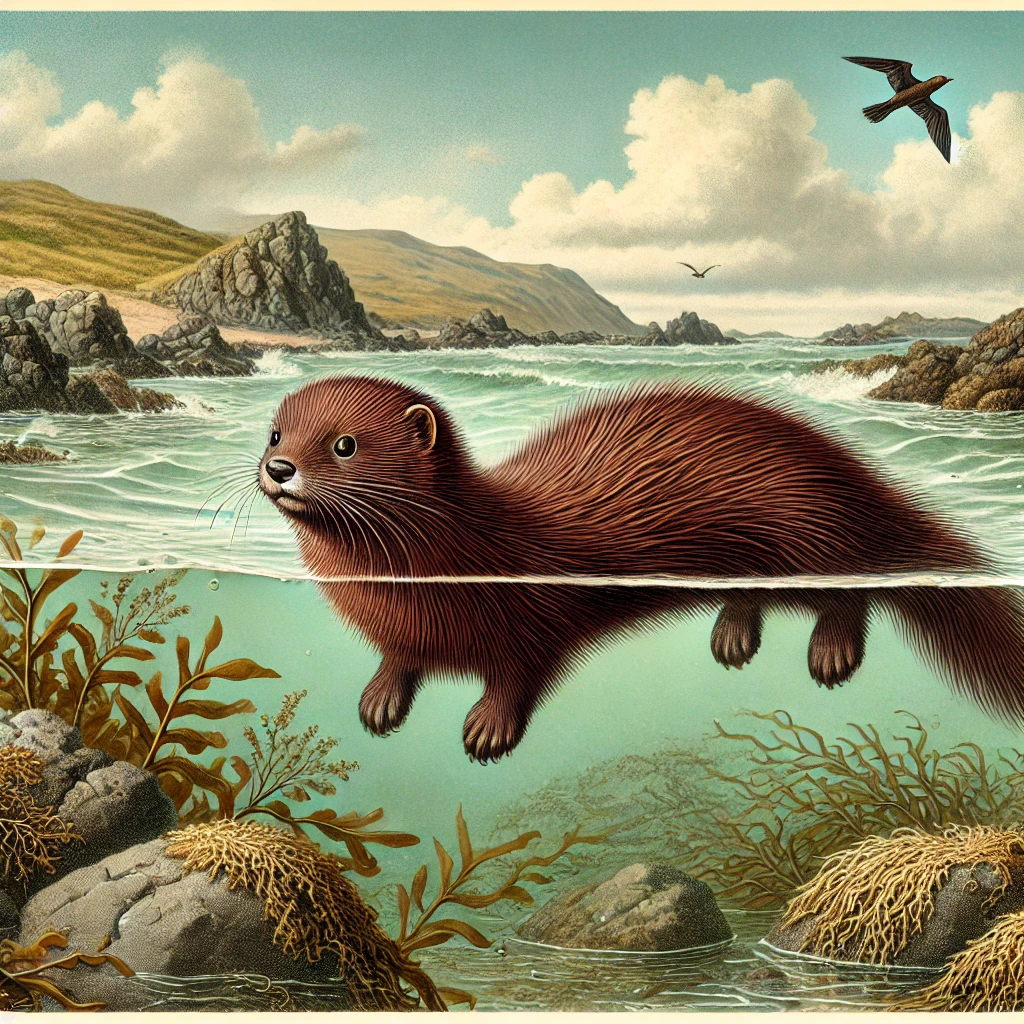
Rediscovering the Sea Mink: An Extinct Coastal Hunter Introduction: The Sea Mink, scientifically known as Neogale macrodon, was a large,…
-
Moa: The Extinct Giants of New Zealand
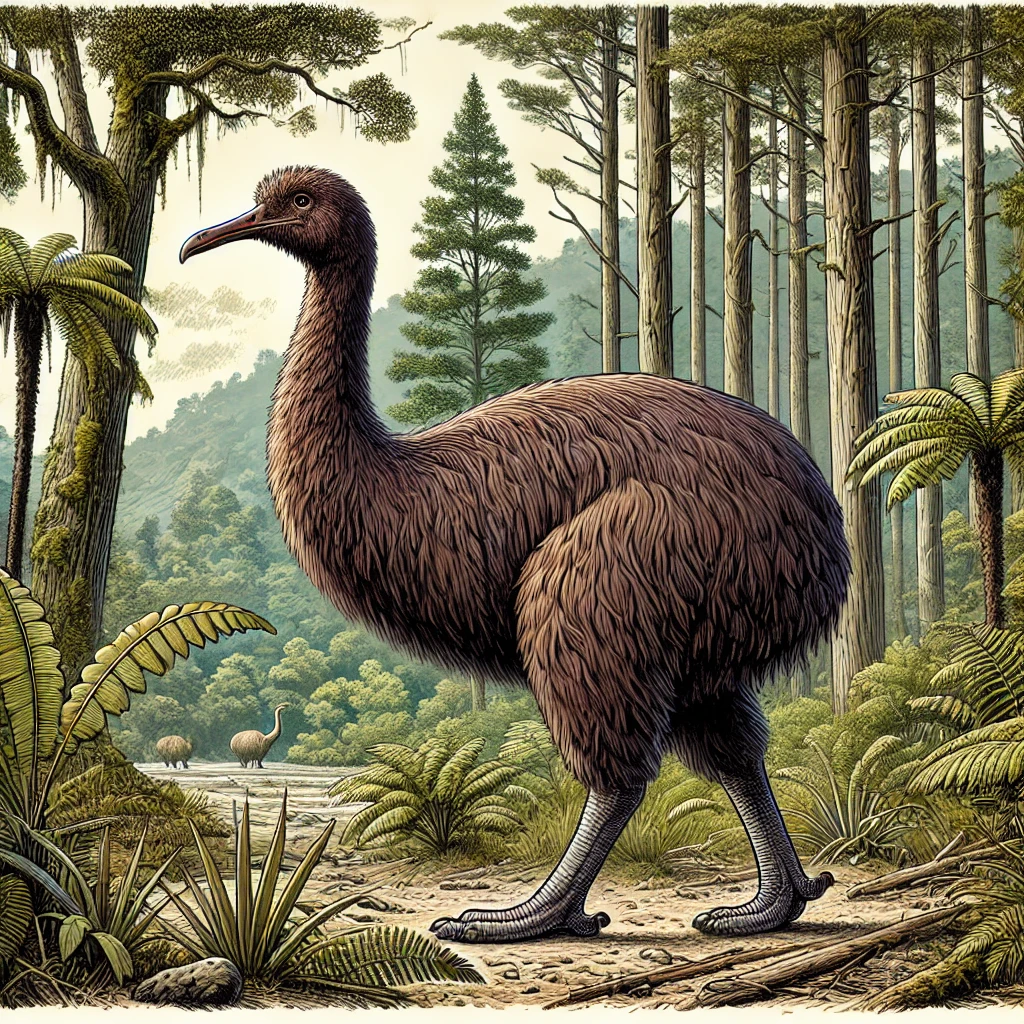
Exploring the Moa: New Zealand’s Lost Giants Introduction: The Moa, belonging to the order Dinornithiformes, were a diverse group of…
-
Dodo: The Iconic Symbol of Extinction
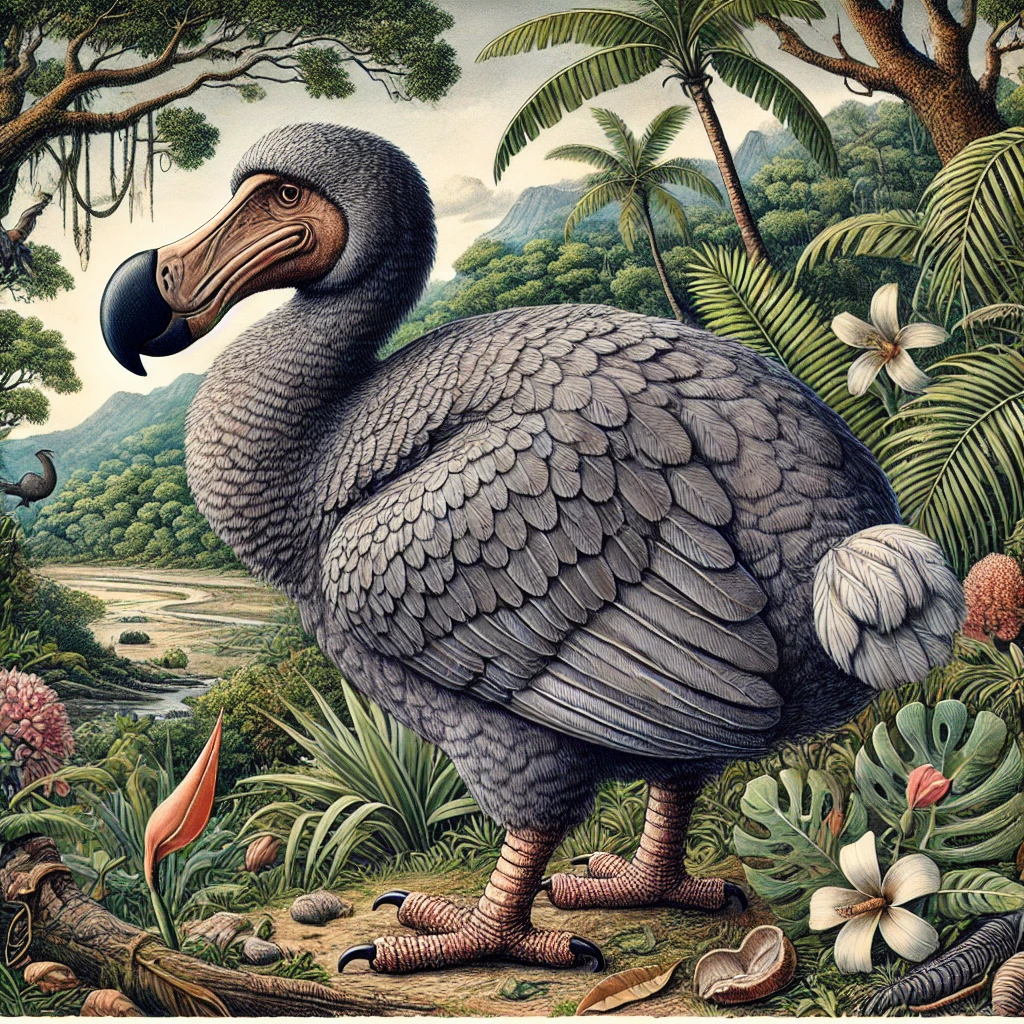
Unraveling the Dodo: The Lost Bird of Mauritius Introduction: The Dodo, scientifically known as Raphus cucullatus, was a flightless bird…
Views: 15
